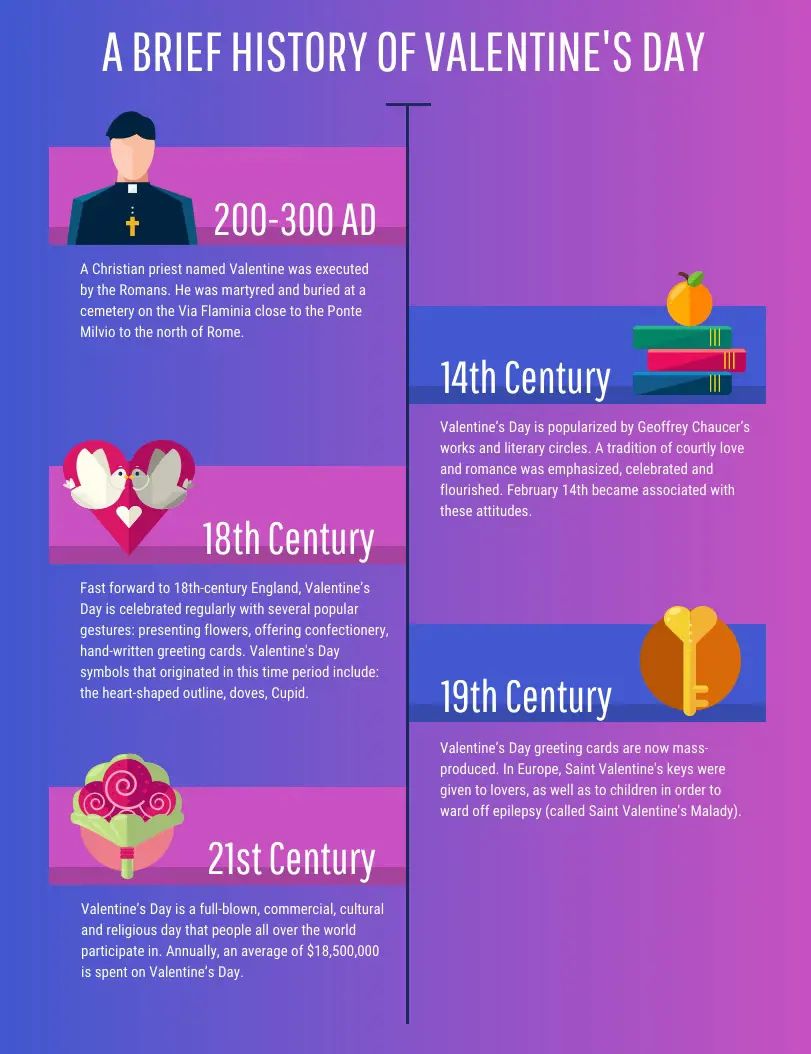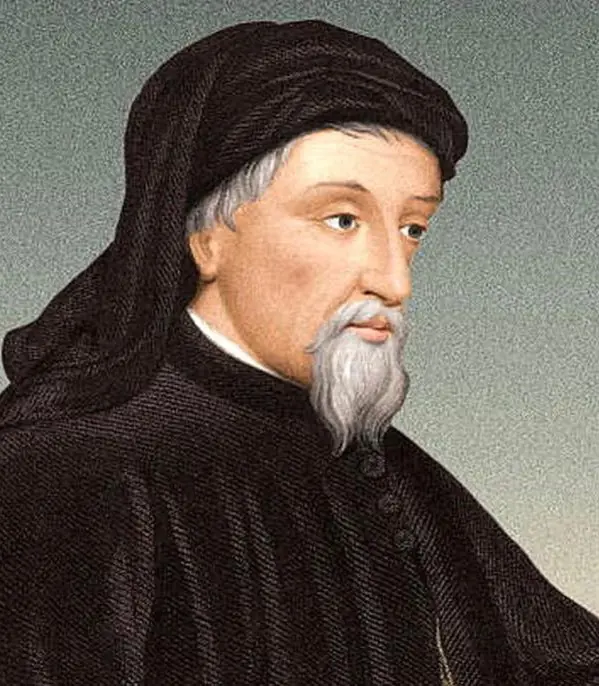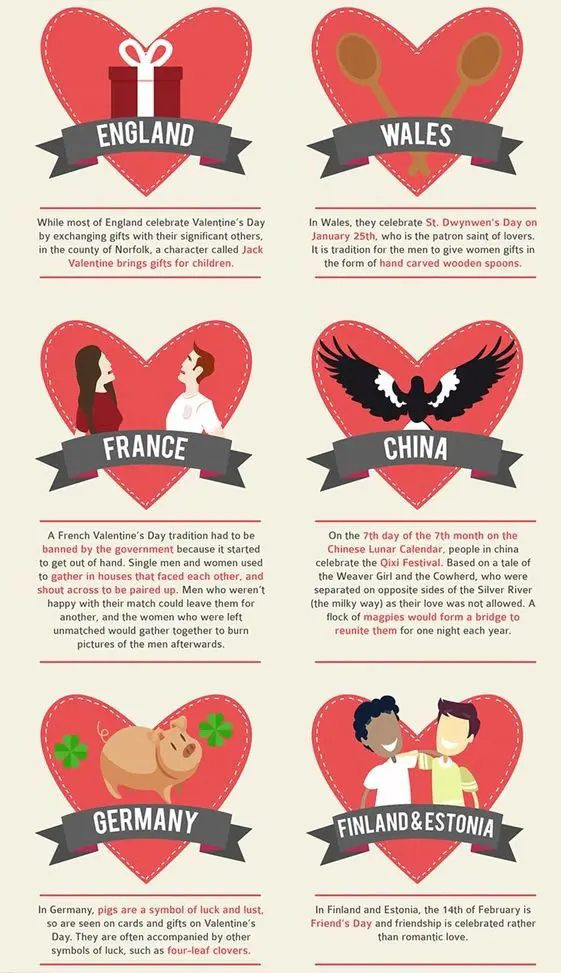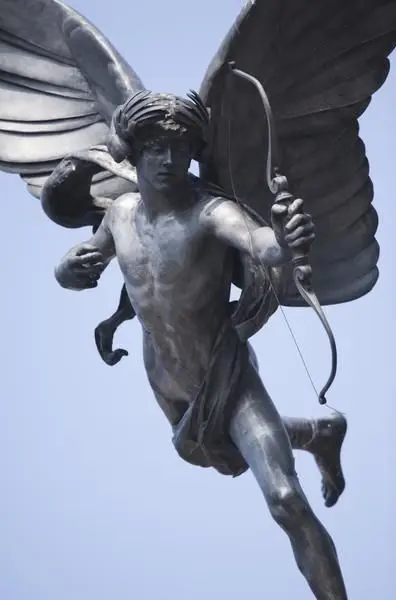Valentine’s Day: Definition, History, Traditions and Celebrations

This post may contain affiliate links. If you make a purchase through links on our site, we may earn a commission.
Valentine’s Day also recognized as Saint. Valentine’s Day holiday is a celebration that marks the day of love.
Valentine's week begins on the seventh of February and ends on the fourteenth. The history of this day is associated with unexpected facts and histories.
One cannot even imagine the process of its beginning. It was not always about love.
The day was first associated with an ancient festival and was later changed as a day to honor the martyr's Valentine.
As civilization started to evolve, the day got a meaning and new interpretation. Love is what is celebrated the most on this day.
The tradition of Valentine's Day started to boom after the early 19th century. Prior to that people received handmade gifts and writings from their loved ones.
Today Valentine's Day is available on Amazon with a variety of options ranging from cute teddy bears to couples name engraved coffee mugs and many more.
Various online stores and malls even place a sale on the occasion of this day.
Apart from that various movies and TV shows were released based on the very concept and its similar understanding.
One such movie is 2010’s Valentine's Day, which is a romantic comedy movie directed by Garry Marshall.
This article tries to explain the history of Valentine’s Day; its tradition, and its celebrations.
Valentine’s Day: Definition

Valentine’s Day is defined as a day of affection, love, and togetherness. The name Valentine comes from a holy saint of Rome from the 3rd century.
The day marks the beginning of spring and the mating season of birds which is why the day is possibly associated with love and affection.
A day that is usually dedicated to close ones, family members, and friends. On this day people show their love through various gifts, greetings, and flowers.
It is usually celebrated on the 14th of February but the whole month is what we call the month of love, affection, and care.
The second month of the New Year, February is usually recognized as Valentine’s Day month when lovers express their love through roses, chocolates, teddies, and many more gifts.
To make someone their valentine, a person usually goes through the whole week's processes which begins on February 7.
The seven-day event starts with kiss day, followed by Hug Day, Teddy Day, Propose Day, Chocolate Day, and Kiss Day, and ends with Valentine's Day.
These facts are known to all, be it a person who makes hand-made greetings, gifts a box of chocolate, or a kid who is eager to collect heart-shaped items on the day.
What we are unaware of and have little knowledge of is the fact and history behind the celebration, why is it celebrated, when and how it became a day of love, and what were the early traditions.
History of Valentine’s Day

The history is Valentine’s Day is rather vague and unclear. We recognize the day as the month of togetherness, and affection but slightly do we know about its origin.
There are different theories and understandings of its origin but the most popular story behind the history or emergence of Valentine’s Day found its link in the Roman festival of Lupercalia, observed in mid-February.
It is believed that the festival featured some obscene acts and cruel practices, which is why Pope Gelasius I, a Roman Bishop put an end to the festival and marked the day as a holiday to celebrate martyr St. Valentine.
To understand the origin, we must first understand these topics:
Lupercalia: An Ancient Rome Festival
Also known as Lupercal, it was a priestly festival of early Rome practiced yearly on February 15 to cleanse the city and nurture health and fertility.
The festival was devoted to the Roman deity of agriculture, Faunas, and the creators of Roman Romulus and Remus, which involved an act of beating women with a blood-filled lace part of a sacrificed animal by a naked priest.
Lupercalia was a harsh, alcohol-fueled fertility ceremony practiced between Roman men and women.
The Roman public holiday festival is well defined in the following video:
The earliest feasible beginning of Valentine’s Day is connected to the pagan festival of Lupercalia. The ceremony honored fertility. However, certain aspects of it became the reason for its abolition.
According to National Geographic, men appeared naked and slaughtered goats and dogs as a ritual. Further, junior youths followed them and took the layers of hide from the slaughtered animal and used that to beat young women in order to encourage fertility.
The women were even linked with men through the lottery as per Britannica.com.
The festival was widely popular and also one of the rare pagan holidays to be observed for more than a century after Christianity found its place in the Roman Empire.
Later, when Pope Gelasius I gained supremacy in the late fifth century, he abolished Lupercalia. Soon after that, February 14 was declared a holiday in honor of the martyred Saint Valentine.
Despite that, the festival tried to survive but the efforts went in vain.
Where did the name Valentine come from?

The name Valentine comes from the Roman Saint Valentine who lived in Rome. It is believed that the name upon which the youngest lovers find meaning is based on this Roman holy man.
Who the actual Saint Valentine is still unsure as there were more than ten thousand Saints of which two Saints were named Valentine.
According to The New York Times, the day might be based on the mixture of two men who were executed on the 14th of February by the Emperor of Roman Claudius II in the 3rd century A.C.E.
The Catholic Church might have formed St. Valentine’s Day in memory of these holy men, who seemed to be martyrs as per NPR.Org.
The story behind the execution says that one of these two men, Saint Valentine of Terni was privately facilitating a Roman soldier’s wedding, which bought him in the eyes of the emperor.
During those time Rome started to see an emergence of Christianity on a wide scale. Emperor Claudius was a strict ruler and did not like the conversion bought by Christianity.
The Emperor was against the marriage and when he found Saint. Valentine secretly performed those marriages, he was imprisoned and later executed.
Another story follows that Saint Valentine was put in jail for writing a love letter to a girl he harassed and later fell in love with.
Unfortunately, due to a lack of information on St. Valentine, the Roman Catholic Church withdraw the feast day from its calendar in 1969, although he is still remembered as a saint.
When did Valentine’s Day acquire a love angle?

Looking at history, it is difficult to accept that the Valentine’s Day we celebrate today did not reflect a lovey-dovey vibe then.
Today it all seems like a time when everything is filled is heart-shaped and filled with red colors.
So how did the day that was named after martyrs gained a love angle?
In the Middle age, France and England commonly believed that February 14 was bought with its bird’s mating season, and it ignited a concept that the date should be a day for romance and love.
However, it was only when the English poet Geoffrey Chaucer, first mentioned St. Valentine’s Day as a romantic occasion through his 1375 poem “Parliament of Fowls” that people began celebrating it as a love day.
According to Legacy.com, Jack B. Oruch, a late scholar from the University of Kansas English professor committed to this fact. He claimed that it was Chaucer who propped Valentine’s Day as a love theme as we know it today.
February 14 was known as the start of spring in Britain at that time, as it marked the beginning of bird mating season, perfect to depict a season of love.
Additionally, Chaucer’s “The Parliament of Fowls” describes birds' efforts in finding their mates.
Valentine’s Day Tradition Throughout The World

The tradition of Valentine’s Day is celebrated throughout the world in different ways. The common thread that runs through all is to make your loved ones feel special.
It is debatable whether Chaucer can be completely rewarded for the commencement of this tradition, but it certainly marked the beginning of a lovely Valentine's period.
People began to start writing and exchanging letters with their loved ones to celebrate the day.
According to History, the first known Valentine’s Day card reports back to 1415 written by Charles, Duke of Orleans. He sent the card to his wife while he was in prison in the Tower of London.
The card is now stored in the British Library as a manuscript collection.
Until the Revolutionary War, printed cards were not popular and people relied on hand-written notes and greetings.
The commercialized Valentine’s Day tradition found its way in the mid-19th century.
According to Country Living, men pursued women with flowers, Richard Barrow Cadbury made the first ever box of chocolate in a heart shape, and NECCO, a candy company in the US created a printed version of Conversation Hearts.
Similarly, companies started to manufacture Valentine’s Day cards and other gift items.
The day is not just popular in European countries. The city of Inazawa, Japan has since 767 BC celebrates the Shintu tradition Hadaka Matsuri, also known as the Naked Festival, in the month of February to cleanse its population for the coming year.
Apart from that, February 15 marks the first full moon of the Chinese new year, when young couples in Hong Kong come together to observe Yuen Siu, the festival of Spring Lantern.

They hold lanterns together with the view that they are not separated by ghosts or other spirits.
On the other hand, on the island of Tahiti, a marathon race is held in the name of love on the Ile de Moorea. More than a thousand people participate around the crystal blue lagoons and dense forest, with different fruits.
The tradition of St. Valentine has survived even after his demise. His demise started a big controversy among the Christian society, which led the authority to bury his body as quickly as possible.
Still today, couples visit his tomb with the hope to receive blessings, and the whole month is celebrated in his honor.
Nevertheless, the practice has been replaced with fancy cards and different gift options, but the legacy of promoting love on February 14 remains the same.
Cupid, The God of Love

Apart from St. Valentine, Cupid is also associated with this day and its aspects. Cupid is a baby boy with wings often seen on Valentine’s Day cards and equipment.
According to Roman tradition, Cupid is known as the god of affection, love, desire, and the son of Venus. We have seen him in many cartoons as well.
Cupid, the god of love throws arrows with an intention to cause love between the people. The people attacked by the arrow instantly fall in love.
The fact as to when Cupid was linked to Valentine’s Day story is confusing, but the reason why it was bought is clear.
Today, Valentine’s Day is celebrated in different ways among different traditions.
Popular traditions include:
- Swapping gifts: Loved ones usually exchange gifts among their loved ones. Gifting loved ones candies, flowers, cards, and accessories is a common tradition.
- Dinner dates: Another Valentine’s Day tradition is going out on a romantic dinner date or cooking tasty meals at home.
- Cards and Love Letters: Exchanging love notes and greeting cards with a partner to convey love and affection is a popular tradition.
- Heart-shaped Cupid items: Items such as heart-shaped teddies, pillows, or a Cupid-drawn image is an adored tradition.
- Duo-activities: During this time, couples also prefer spending time together by indulging in favorite activities together such as watching movies, practicing hobbies together, vacations, and others.
- Cherishing friendship: Valentine’s Day is not just a romantic day, it is also a day to celebrate friendship. In some cultures, just as Finland, and Estonia, Valentine’s Day is called Friendship Day and people celebrate their friendship.
Valentine’s Day Celebration

Valentine’s Day is celebrated all over the world with great eagerness and emotions. Not just the day but the whole week is celebrated.
In order to make the day memorable and un forgetful people organize different surprises and events for their loved ones.
Valentine’s Day is celebrated with red heart-shaped balloons and chocolates with loved ones, family, and friends.
Different schools and corporations celebrate Valentine’s Day occasion with a lot of excitement and joy.
This day has a wide variety of meanings, for some, it might be a day to cherish their love while for some it might just be another day.
Though the day is recognized as a romantic day, we must appreciate the fact that singles and people with loss might have a totally different lookout.
Although February 14 has global recognition, there are a few countries where the concept is not accepted or is prohibited.
Countries such as Indonesia, Saudi Arabia, and Malaysia do not celebrate the day as the rest of the country does.
Few of the country are of the view that such festivals or celebrations are the reason for class in their religious aspects.
Other countries also refuse the tradition for political grounds. For example, some Indian governmental parties combat Valentine’s Day as according to them the day encourages Western cultures.
Lastly, whatever the circumstance Valentine’s Day is celebrated in most parts of the world with an enormous amount of love, affection, and togetherness.
Whether it is through the conventional present-giving method or individual declaration of love, 14th February bestows the possibility for individuals celebrating to come close and appreciate their love and affection.
Even if you celebrate the day or not, the day has connected people for many centuries and in a way has opened opportunities for different business aspects as well.
Recent posts
Relationship
Relationship
20 Fun Date Ideas That Are Sure To Bring The Romance
Finding date Ideas that are sure to bring romance can be sometimes challenging and time-consuming. Left with bare energy we simply rely upon basic ideas to spend time with our loved ones such as a movie night or dinner date. The excitement and fun w...


